Peter Wegner – Artist Feature
In News September 21, 2020
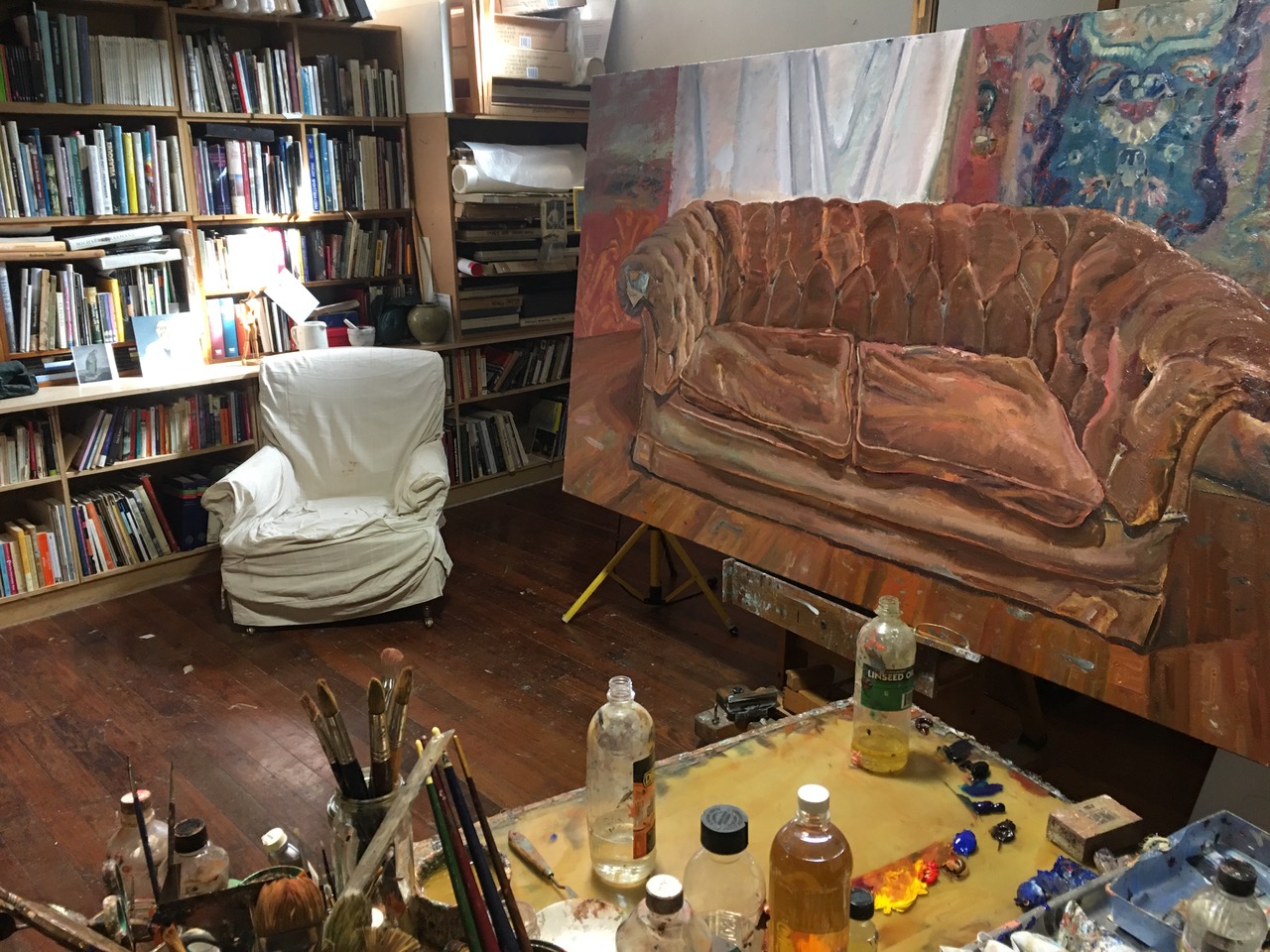
Peter Wegner’s works are compelling and poignant representations of moments experienced. We chat with Peter Wegner in the following Q&A and reflect on his still life paintings, portraiture drawings and figurative sculptures, where each body of work is an honest representation of the subject before him.
How has Melbourne’s lockdown been for you and your time in the studio?
The lockdown really hasn’t altered our lives significantly. The ritual of going upstairs to my studio is still my routine and really artists live in a perpetual lockdown if you want solitude to work. Yes it’s annoying not being able to visit the occassional gallery and to meet a few friends for lunch but the benefits of more time in the studio has been to my advantage. Also we live in a rural enviroment with a few paddocks and trees around us which gives a sense of space.
I am usually in the studio around 9am. When l am working on portraits the sittings are divided into morning or afternoon and are all painted from life. Recently my studio interiors have occupied my current series which have included large charcoal drawings. l have always thought my studio time is like a meditation – it’s just that the time painting goes so fast. Even if l miss a day in the studio l feel l need to draw, it’s like some how trying to document your day.
What is your earliest creative memory?
l didn’t come from an artistic family but what l do know is l have always drawn and wanted to draw from an early age. It is just one of those things that has always been there and so has the memory.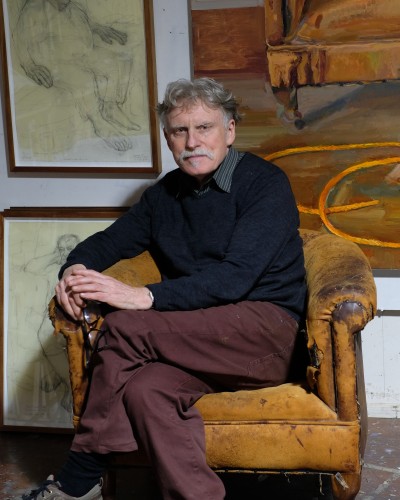
Given your desire to draw from an early age, did you aspire to ‘become an artist’ or pursue a career in art?
I don’t think you ever decide to pursue an art career. It’s something that has always been with me but what you do pursue is a passion and regardless of success or not l would still be painting and drawing.
Do you have a favorite artist or artwork that inspires you?
I have always admired the work Goya and his social concerns for the human condition. I will never forget seeing a beautifully painted small self portrait in the Prado. It was a reflection that size and quality can be condensed to a small panel. It is such an intimate and unpretentious work – looking at you 175 years later.
Another artist that remains with me is the work of Käthe Kollwitz. The drawings express so much pathos and at the same time remain exquisite in the use of line. The Kollwitz Museum in Berlin is one of my favourites.
The surface of a painting is important to me and how paint moves around the canvas and this is why the British School have also been significant. Small group of painters that include Kossoff, Auerbach and Freud. They are painters that were witness to other peoples lives and used paint in a vigorous and expressive way.
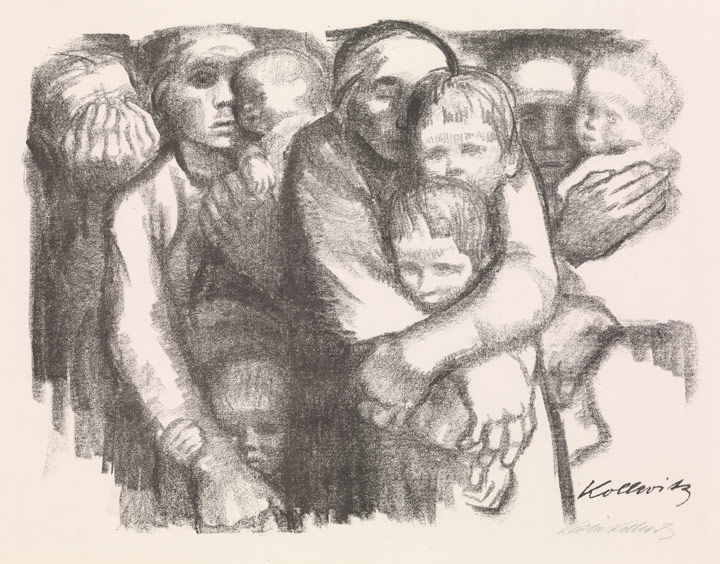
What are you currently working on?
On my easel at the moment is a large painting of an empty couch, one that l have painted before as I reflect on its worn and bruised surface. It’s an old couch l bought at an auction for the purpose of painting my portraits. When they are there and when they are not.
How do you find your sitters? I you spent a lot time with the sitters, can you share with us any of their stories?
Most of my sitters form part of my circle of friends. It is a nice way to get to know somebody when sitting for a portrait. l enter a portrait without expectation and never worry about an audience. This is the freedom that is needed when painting a portrait from life.
I never direct the sitters into a pose rather let them feel comfortable in their own space. This is important as the larger portraits have taken up the 10-12 days to complete.
This is the case with the continuous portraits of my friend and colleague Graeme Doyle. Graeme and l have been friends for over 35 years and in that time our collaboration has resulted in hundreds paintings and drawings.
Another series The Centenarian Project stared when my Aunty Rita turned 100 and these contacts have been through word of mouth and still remains one of my most enjoyable projects. It’s just such an honour to spend time with them reflecting on their past 100 years. It’s a great reflection on time as Centenarian Hilda Healy from Mildura once said to me “l just don’t know where the last 100 years have gone.” In my own way l am trying to figure out how one lives to 100 but as individual as each Centenarian is, so too are the reasons for their survival.
Click here to view a video on Peter Wegner’s series of portraits of Centenarians, continuing the artist’s explorations into the frailty, majesty and utter mystery of human existence.
How do you approach your paintings?
I usually have several paintings going at the same time especially portraits and these are divided by time – afternoon or morning. Although l am a great advocate for drawing, l never draw the portrait on the canvas or make studies. My approach is tonal and l advance the work by broad areas of tone.
l never worry about likeness at this stage. If you rely on the drawing I think its much harder for the paint surface to remain fluid – that’s always been my approach. 
Do you listen to music in your studio?
I do enjoy listening to music in the studio. l have a playlist of Dylan, Cohen and and the occasional audio books. When l have a sitter we share our musical tastes which is always great to be introduced to new artist.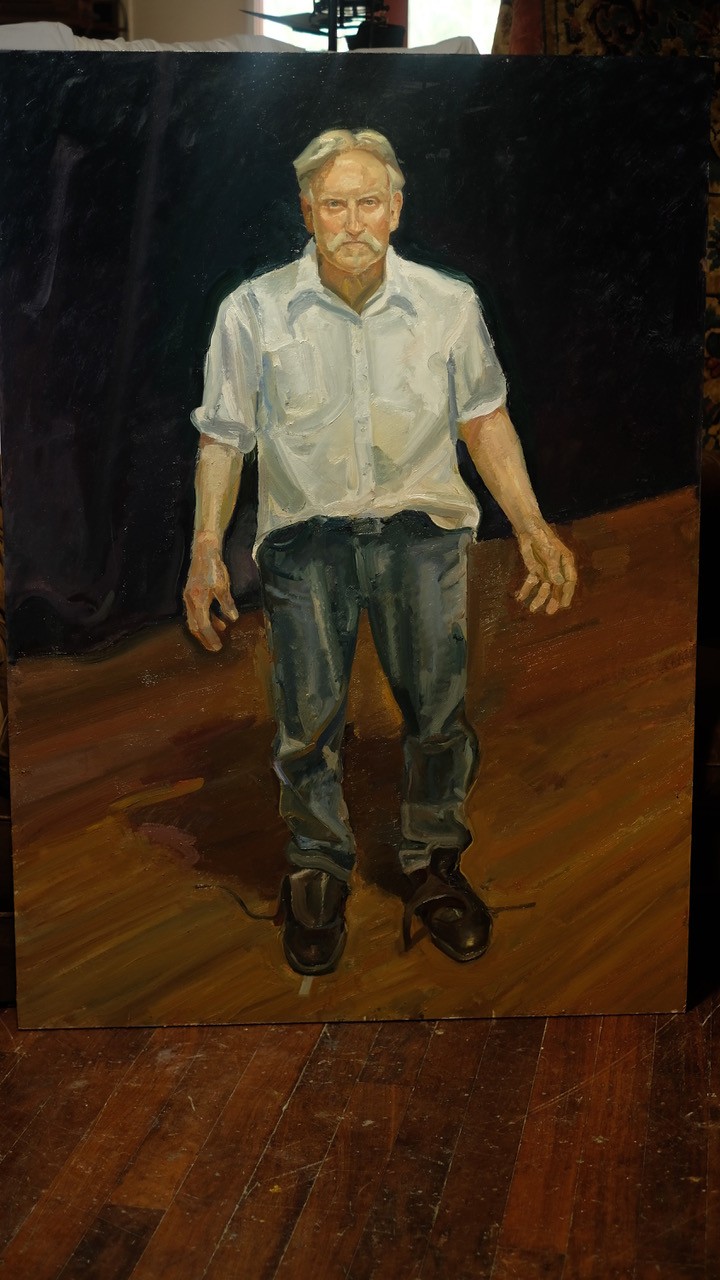
Do you have a favourite place or location to travel?
l like the idea of staying in one place for a time getting to know the area. Last year we were in the northern Italy and spent time in a small mountain village. When l travel I prefer to do it with a purpose – a project or a series in mind. I’m not really a very good tourist. Locally we have spent a lot of time at Port Campbell which is a constant place to revisit.
What is your favourite artwork in your own collection?
One small soft point etching by LIyod Rees of Delaraine Tasmania. It’s quintessentially Rees’s with its mark making and sepia line. l draw a lot and l look at this image everday. 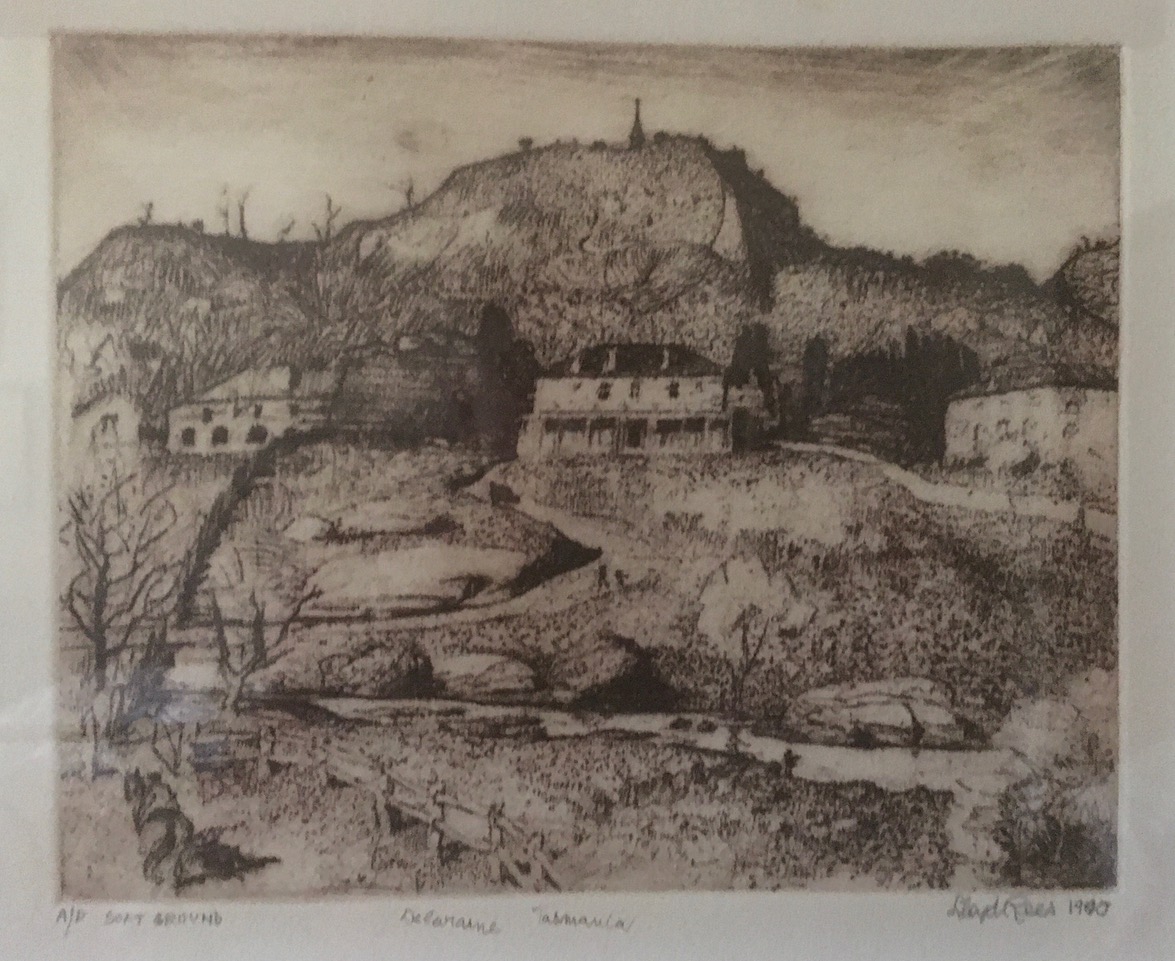 I am always looking at art regardless of medium. It may be film, books, architecture, or a beautiful designed piece of furniture. Aesthetics are very important in our lives and the way we live.
I am always looking at art regardless of medium. It may be film, books, architecture, or a beautiful designed piece of furniture. Aesthetics are very important in our lives and the way we live.
In the Stock Rooms
STILL LIFE PAINTINGS
“While my recent work has focused on portraiture and figurative subjects, the study and examination of the human, I have long held the desire to rekindle my interest in still life. To look inwards, closer to home, to the domestic. My wife Jenny’s wealth of collected objects offered the first spark for this new exploration. These beautiful shapes that curve and twist in an elegance that reminded me of my early childhood when such objects were a familiar part of our own household. The matte white glaze that was popular in the 50’s and 60’s and the quality of whiteness piqued my interest.”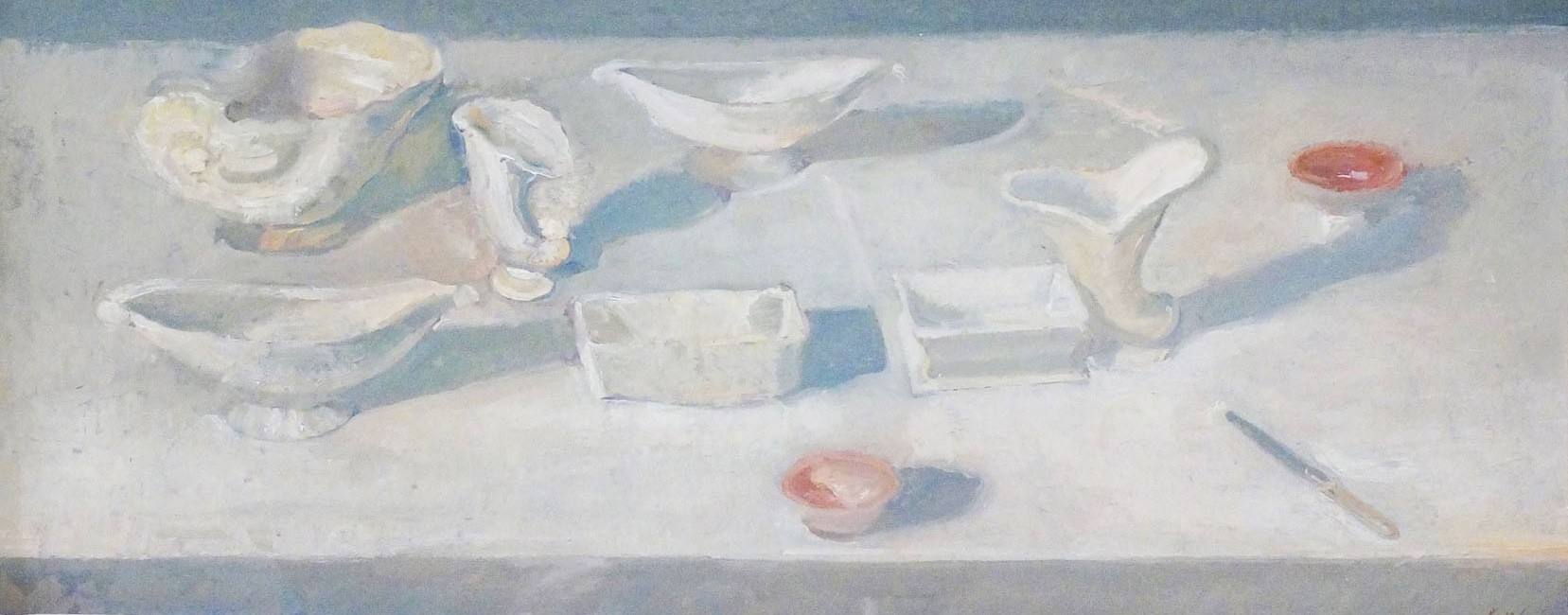 Study for, The knife 2016 oil on board 18 x 41 cm
Study for, The knife 2016 oil on board 18 x 41 cm
ARMCHAIR PAINTINGS
Wegner’s revered and renowned oil paintings of the battered and worn armchairs that occupy his work space, masterful renderings of monumental forms that consist of emptiness, where we feel the sitter profoundly present in this representation of their absence. 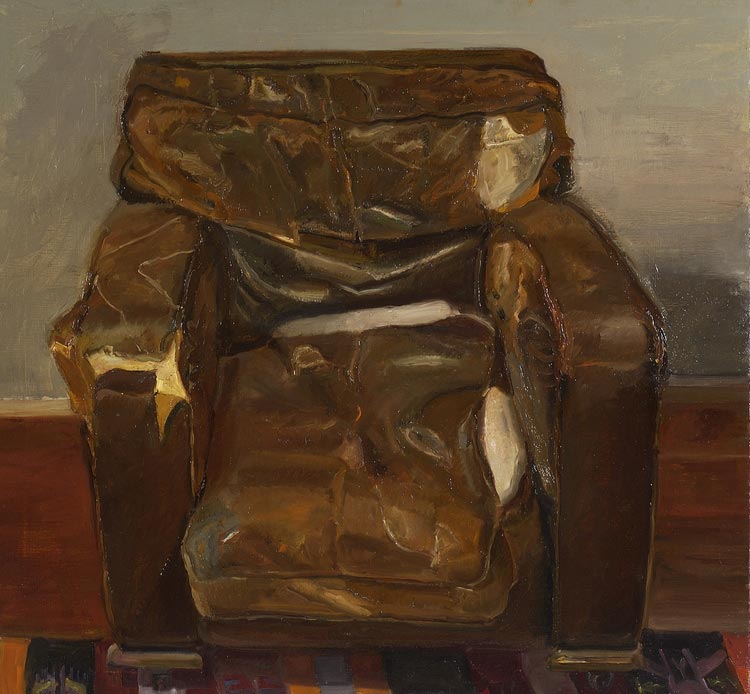 Remembrance of things past III 2016 oil on linen 115 x 122 cm
Remembrance of things past III 2016 oil on linen 115 x 122 cm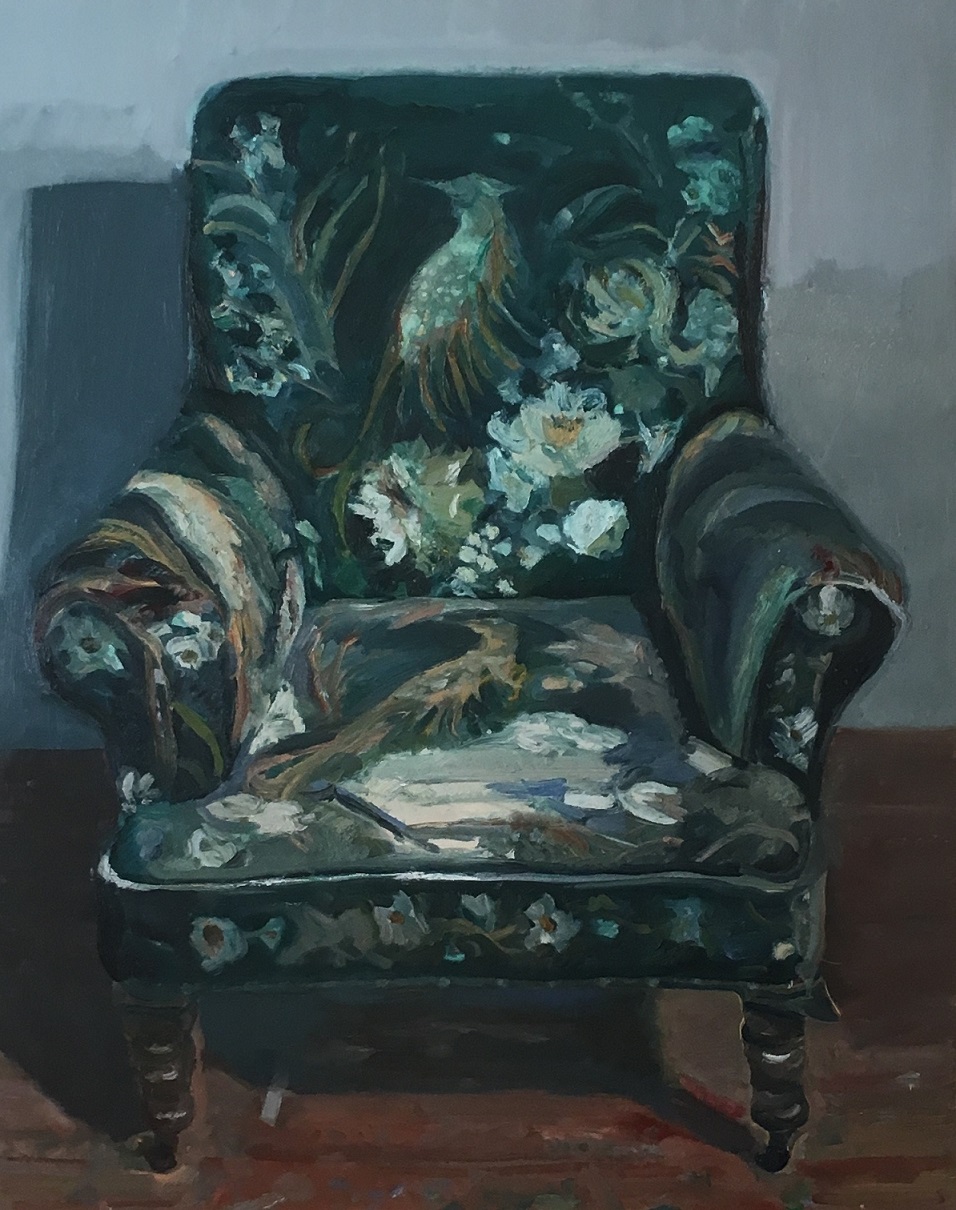 Worn and torn chair 2015 oil on canvas 115 x 91.5 cm
Worn and torn chair 2015 oil on canvas 115 x 91.5 cm
FIGURATIVE BRONZES
This selection of bronze sculptures continue Wegner’s ongoing concerns with the human condition. The artist masterfully captures movement and emotion, conveying the tension and feeling of interactions observed. Sculpture has always been part of the artist’s genre and these bronzes continue this tradition. 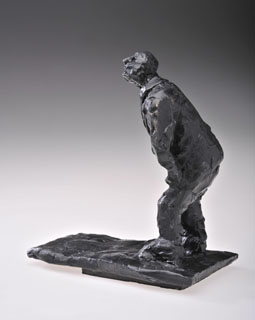 Man looking up 2010 bronze 19 x 14 x 8 cm edition 5
Man looking up 2010 bronze 19 x 14 x 8 cm edition 5 Man in shock (Black Saturday series) 2009 bronze 19 x 11 x 9 cm edition 5
Man in shock (Black Saturday series) 2009 bronze 19 x 11 x 9 cm edition 5
